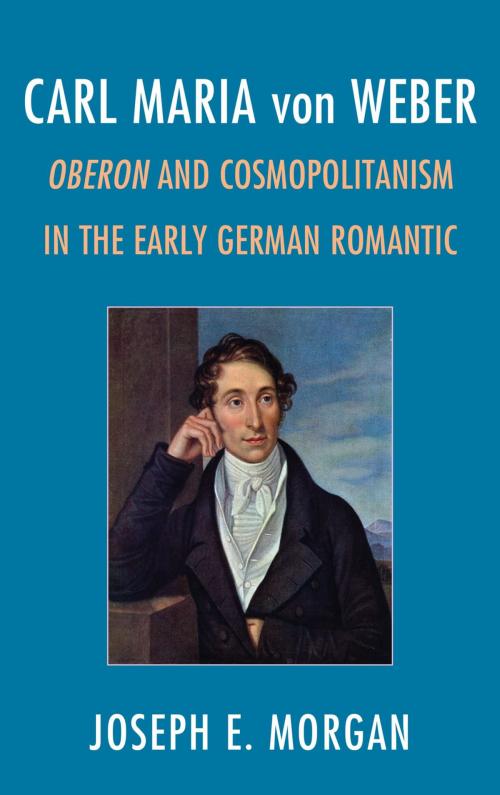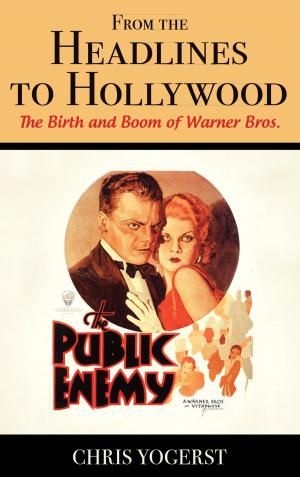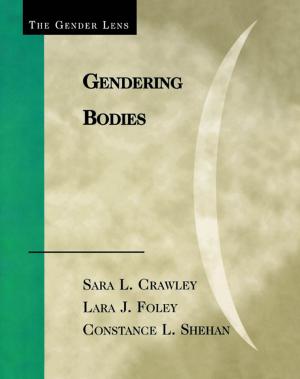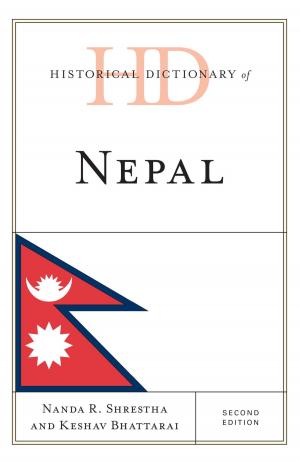Carl Maria von Weber
Oberon and Cosmopolitanism in the Early German Romantic
Nonfiction, Entertainment, Music, Music Styles, Classical & Opera, Opera, History, Germany| Author: | Joseph E. Morgan | ISBN: | 9781442235953 |
| Publisher: | Rowman & Littlefield Publishers | Publication: | September 11, 2014 |
| Imprint: | Rowman & Littlefield Publishers | Language: | English |
| Author: | Joseph E. Morgan |
| ISBN: | 9781442235953 |
| Publisher: | Rowman & Littlefield Publishers |
| Publication: | September 11, 2014 |
| Imprint: | Rowman & Littlefield Publishers |
| Language: | English |
Despite its enormous popularity throughout the nineteenth century, Weber’s swan song, Oberon, has remained separate from the mainstream thrust of our modern understanding of German Romantic opera. In Carl Maria von Weber: Oberon and the Cosmopolitanism in the Early German Romantic, music historian and theorist Joseph E. Morgan reassesses Weber’s work and aesthetics not just for their influence but also as an expression of the aesthetics and cosmopolitanism that underlay the early Romantic and Nationalist movement in Germany.
In a discussion with analyses that features nearly one-hundred musical examples, Morgan tracks the development of Weber’s musical style across his career. The investigation culminates with Weber’s last and long-misunderstood work, explaining its thematic and harmonic organization, its stylistic idiosyncrasies, and the tenuous place that it holds on the margins of the operatic canon. The discussion is enhanced and corroborated by frequent attention to correlating developments in other art from the period, including painting, poetry and literature.
Despite its enormous popularity throughout the nineteenth century, Weber’s swan song, Oberon, has remained separate from the mainstream thrust of our modern understanding of German Romantic opera. In Carl Maria von Weber: Oberon and the Cosmopolitanism in the Early German Romantic, music historian and theorist Joseph E. Morgan reassesses Weber’s work and aesthetics not just for their influence but also as an expression of the aesthetics and cosmopolitanism that underlay the early Romantic and Nationalist movement in Germany.
In a discussion with analyses that features nearly one-hundred musical examples, Morgan tracks the development of Weber’s musical style across his career. The investigation culminates with Weber’s last and long-misunderstood work, explaining its thematic and harmonic organization, its stylistic idiosyncrasies, and the tenuous place that it holds on the margins of the operatic canon. The discussion is enhanced and corroborated by frequent attention to correlating developments in other art from the period, including painting, poetry and literature.















